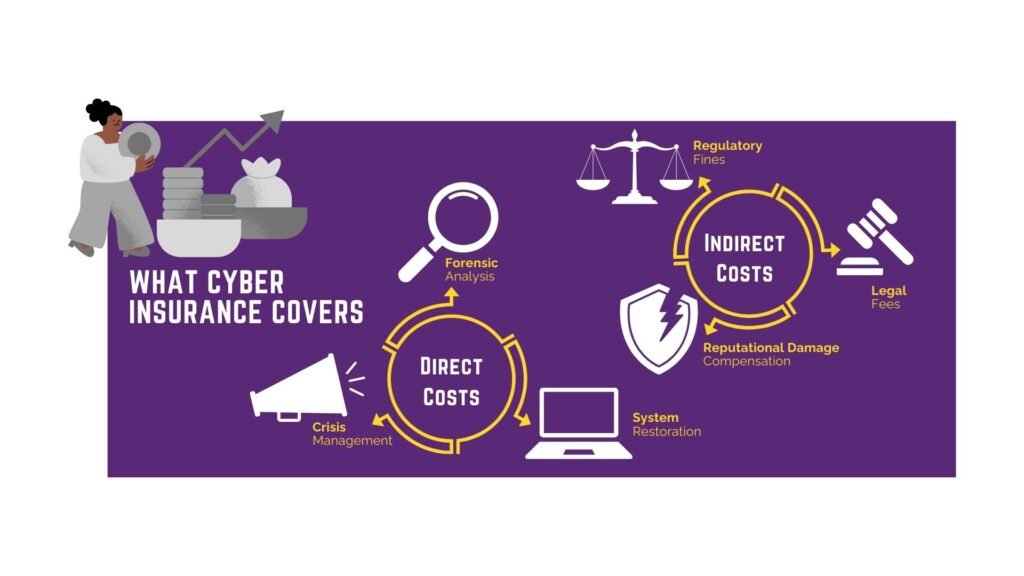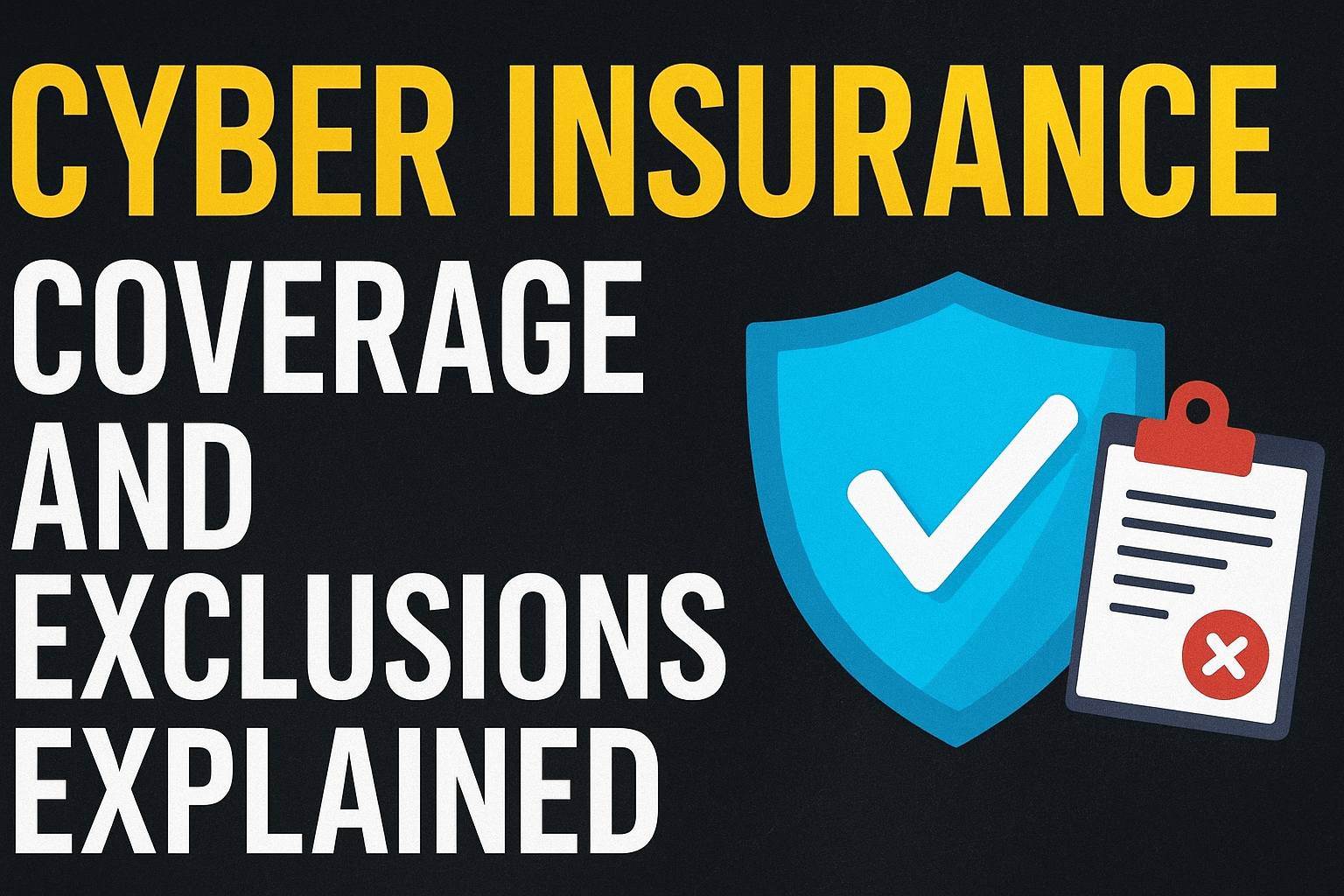The ransom note flashed on every hospital screen: “Pay 87 BTC or we leak 100k patient HIV records.”
I called our cyber insurer, sweating. “We’ve got $10M coverage!” I gasped.
Their response? “Let’s review your policy exclusions first.”
Spoiler: They paid $0.
The $10M Mirage
Cyber insurance promises a safety net. Reality? It’s full of trapdoors. After auditing 37 policies, here’s what you actually get.
What’s Covered (Usually)
- Ransom Payments: But only if you prove “reasonable diligence” (spoiler: they decide what’s reasonable).
- Forensics Costs: Mandatory IR teams at $650/hour.
- Regulatory Fines: HIPAA/GDPR penalties (minus your $250k deductible).
- Business Interruption: Lost income during downtime (capped at 45 days).
What’s NOT Covered (The Fine Print Landmines)
- “Acts of War” Exclusions: When Russia attacked Ukraine, insurers denied claims for NotPetya damage. Why? “Cyber warfare.” One bakery lost $2M. The payout? $0.
- Negligence Penalties: Missed a patch? Default passwords? That’s “failure to maintain minimum security.” Denied.
- Reputational Harm: Patient records leaked? They’ll cover notification costs, but not fleeing customers.
The 3 Silent Claim-Killers
1. The Legacy System Loophole
A bank ran Windows Server 2008. Hackers exploited an unpatched flaw. Verdict: “Unsupported OS = negligence.” Claim rejected.
Fix: Document every end-of-life system. Provide compensating controls.
2. The Voluntary Payment Void
You pay a $200k ransom. Later discover the insurer had negotiators on standby. Claim denied.
Rule: Never engage hackers without insurer approval.
3. The Bodily Injury Black Hole
Hackers disabled a ventilator firmware update. The patient died. Insurer argued: “Physical harm isn’t digital loss.” A $15M lawsuit went uncovered.

Premium Nightmares: How Insurers Profit From Fear
After our breach, renewal terms arrived:
- 600% premium increase
- Mandatory $500k MDR service
- Exclusion for all supply-chain attacks
Worse, they demanded:
- Full network segmentation within 90 days
- Weekly phishing tests (95% pass rate)
- Air-gapped backups (verified monthly)
Translation: Do everything you should’ve done pre-breach or get dropped.
The Survival Playbook
Before Buying
- Demand Silent Cyber Clarity: Ensure policies cover non-specific cyber incidents (like power outages from ransomware).
- Test Sub-Limits: Crisis PR coverage often caps at $50k — a drop in your breach ocean.
- Verify IR Partners: Refuse forced “preferred” teams. Demand your own.
During Claims
- Assume Bad Faith: Record every call. Demand denial reasons in writing.
- Fight War Exclusions: Argue attribution to nation-states is impossible.
- Sue If Necessary: A manufacturing firm won $4.7M proving insurer negligence.
The Unspoken Truth
Cyber insurance isn’t a shield. It’s a bet against yourself. After our $5M ordeal:
- We spent $1.2M meeting new security demands.
- Premiums now cost more than our SIEM.
- We still bought it — because hospitals require it.
But we treat it like a grenade with the pin pulled.
“Cyber insurance is a tax for the unprepared. And we’re all unprepared.” — CISO who survived 3 claim battles
How Debit Cards Changed Banking Trust and What It Means for Financial Inclusion

